With its turquoise water bordered by leaning coconut trees, the Blue Lagoon boasts one of the most iconic landscapes of Fakarava. Mere natural pools are shaped by the lagoon in some places, making ideal snorkeling spots. There is no real coral reef here, but the Blue Lagoon gives you the opportunity to swim amongst very inquisitive colorful fish and encounter small blacktip reef sharks.
This spot has been added by

Snorkeling Report's team
Last updated on
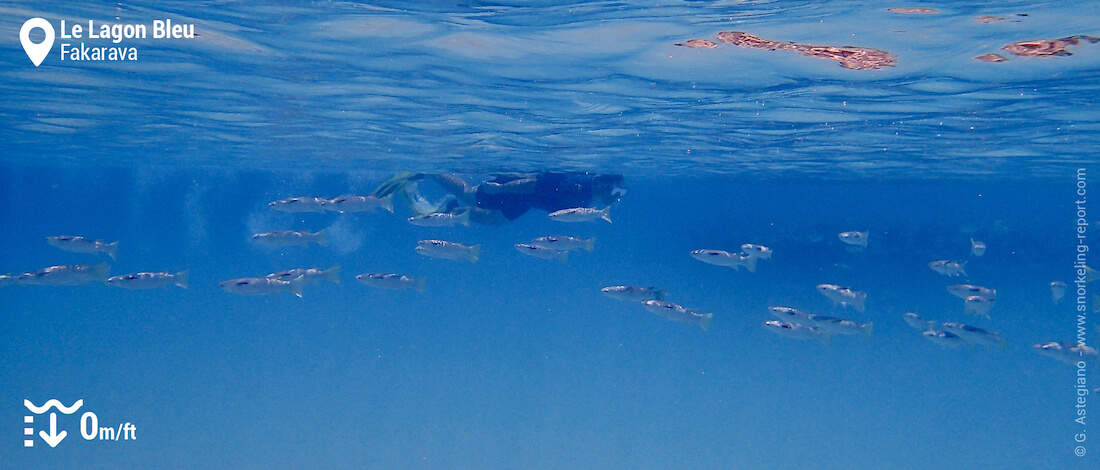
How to get to Fakarava Blue Lagoon?
The Fakarava Blue Lagoon (also called Teahatea Blue Lagoon, and not to be confused with Rangiroa Blue Lagoon) is located on the north-western side of Fakarava atoll. It is the main destination of day or half-day tours from the atoll’s northern side (the other main tours destination in Fakarava are Tetamanu and the South Pass, on the atoll’s southern side).
You can easily book this excursion at your hotel or pension in Rotoava (ask the front desk for information). Allow 6000 to 7000 CFP/person for a half-day excursion and 9000 CFP/person for a full day.
Tours to the Blue Lagoon generally include a few other snorkeling stops like in Bird Island and/or the northern pass. Ask for the complete program when booking. The boat trip from Rotoava to the Blue Lagoon takes about 45 minutes.
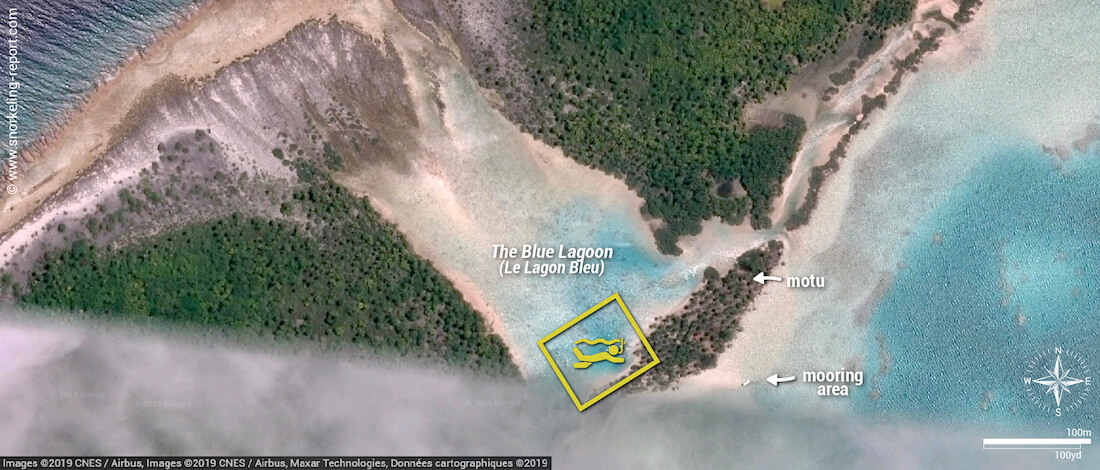
Getting into the water to snorkel Fakarava Blue Lagoon
Enter the water from the beach located on the motu, close to the small reefs that can easily be guessed underneath the water’s surface.
Fakarava Blue Lagoon snorkeling tips and recommendations
The recommended snorkeling area is rather small. It includes the small reefs extending in front of the beach as well as the sandy areas surrounding them. This shallow area of the Blue Lagoon looks like a natural pool, making it a perfect place for beginners and children.
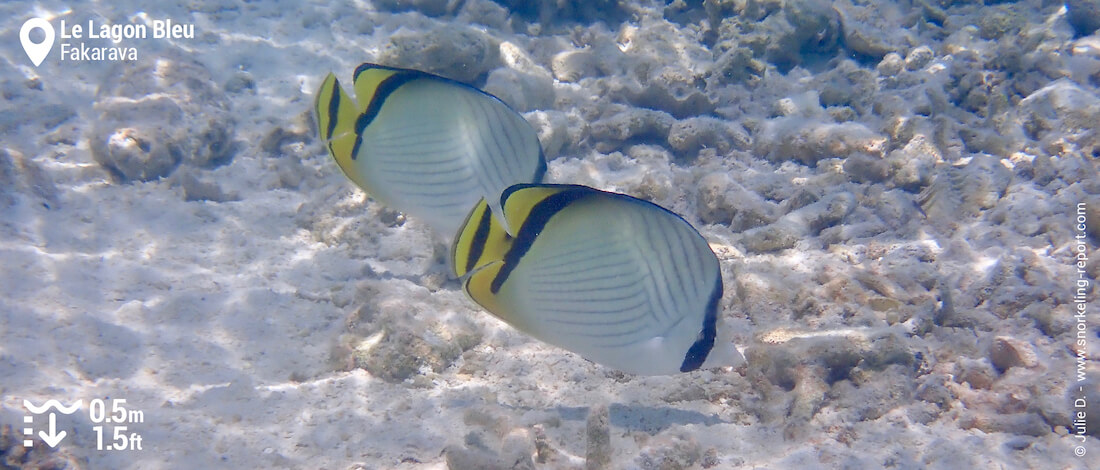
Don’t expect multicolored corals here: the Blue Lagoon’s small reefs are washed and the only remaining living corals are a few Porites. However, this area shelters rather interesting underwater life.
Fluorescent-blue neon damselfish gravitate around the reefs, as small schools of squirrelfish shelter in the shade of the coral overhangs. Several butterflyfish species also dwell in the lagoon, including the double-saddle butterflyfish, the threadfin butterflyfish and the vagabond butterflyfish. Some of them are inquisitive and swim around snorkelers in the shallowest areas.
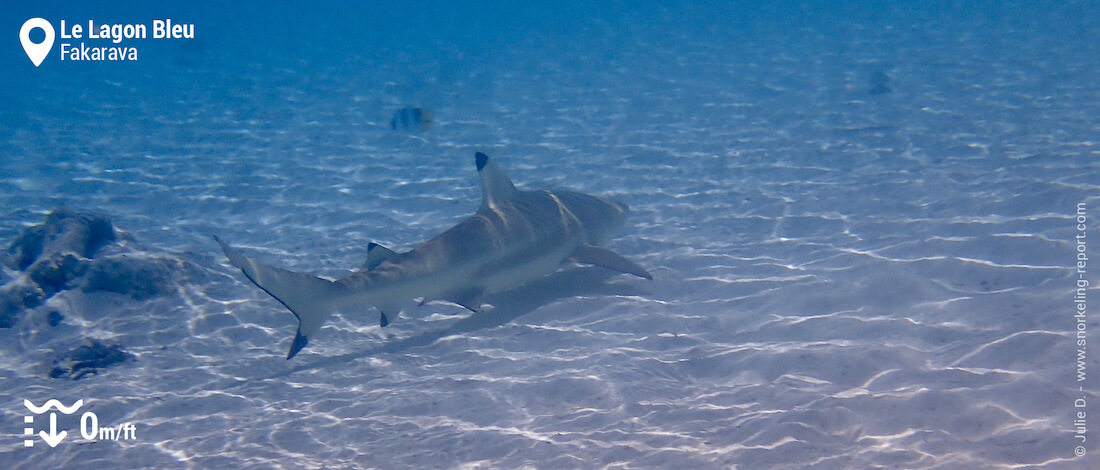
Snorkeling the lagoon, you will also encounter large schools of squaretail mullets darting just below the surface. But above all, you won’t want to miss the opportunity to swim with small blacktip reef sharks.
Many of them are swimming in front of the beach. Be discreet, however: they are rather shy and tend to swiftly swim away unless you stay motionless in the water.
Restaurants and accommodation nearby
Day tours include a barbecue on the motu bordering the Blue Lagoon. Half-day excursions generally include a snack and refreshments.

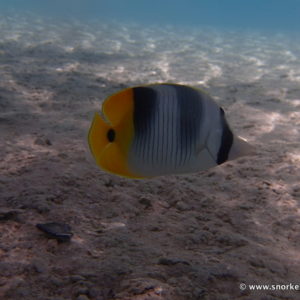
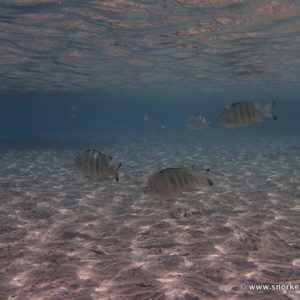
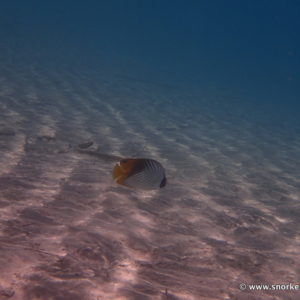
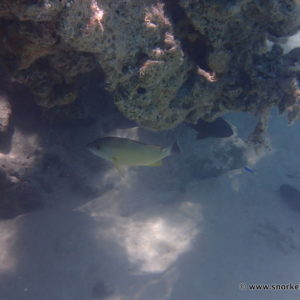
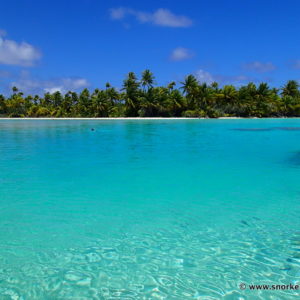
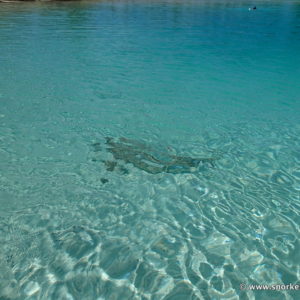
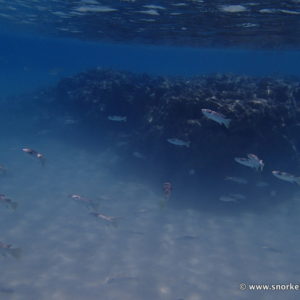
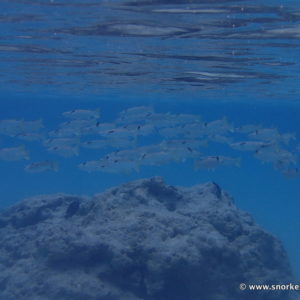
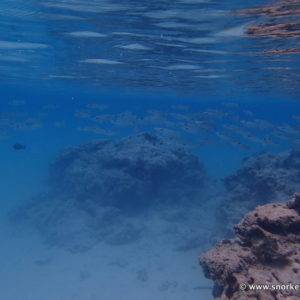
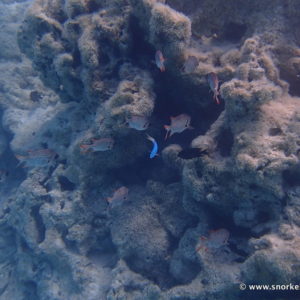
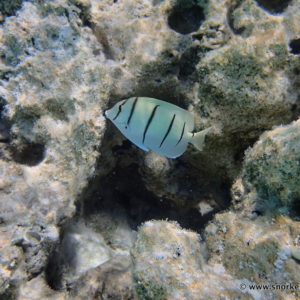
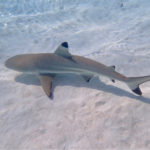
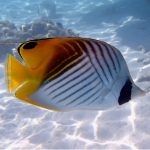
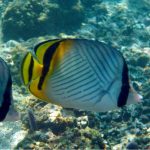
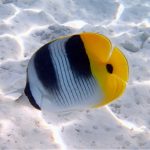
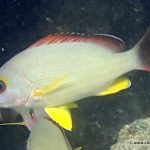
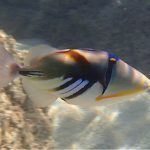
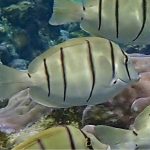

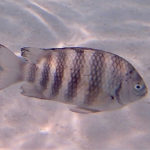
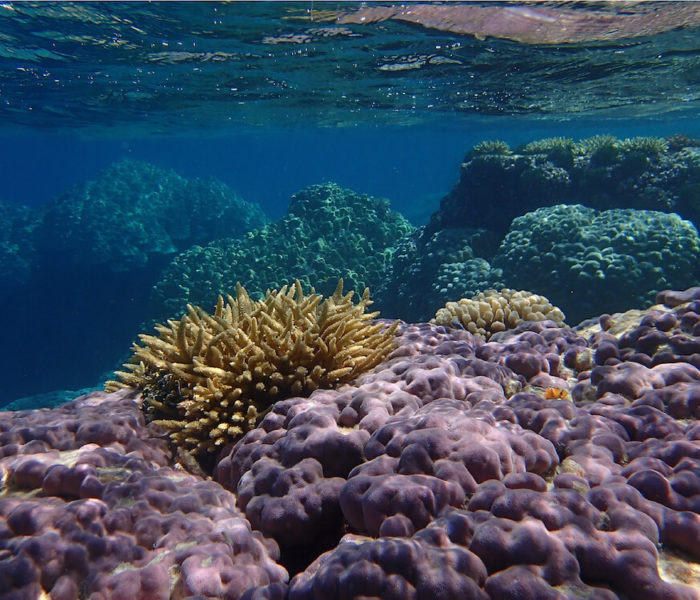
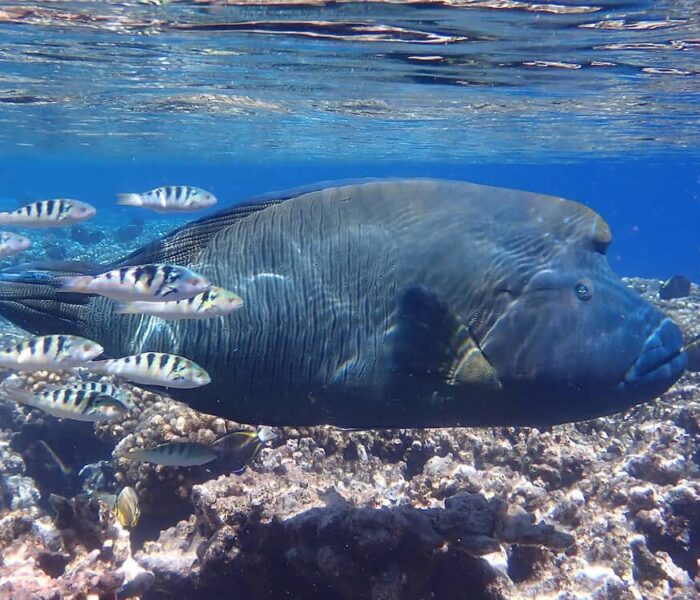
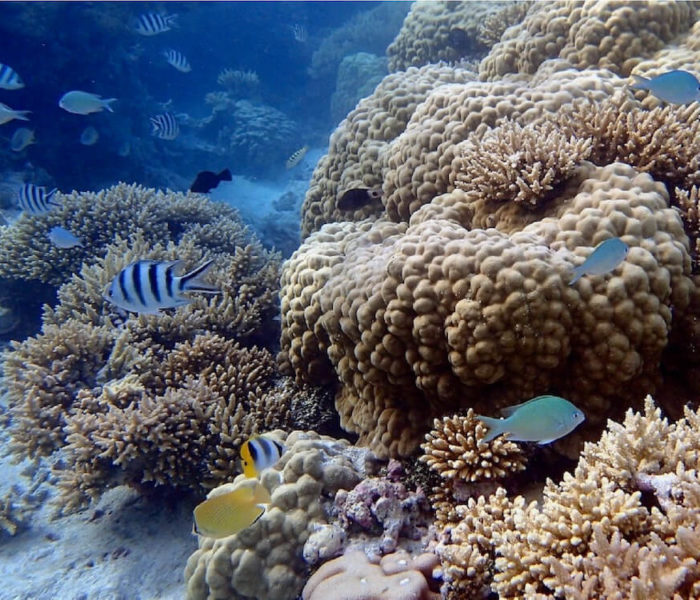
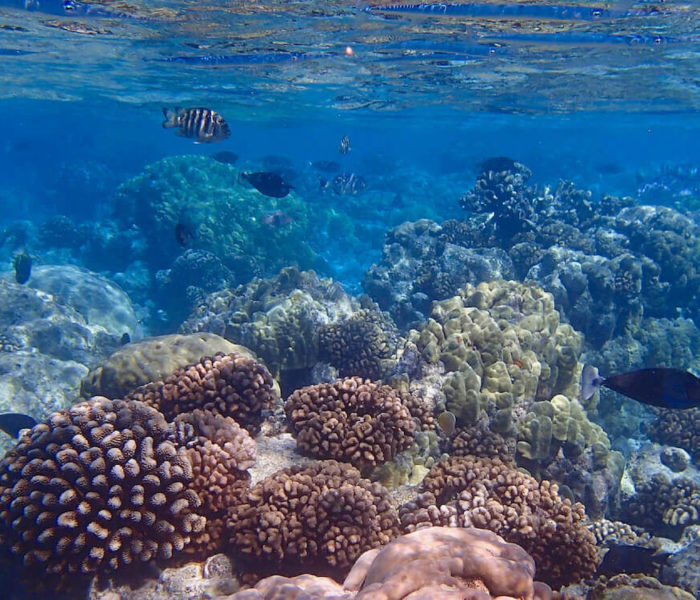
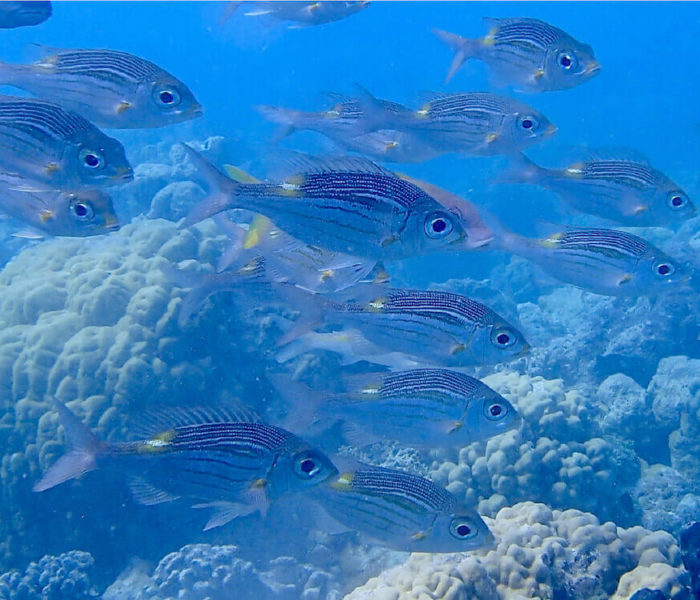
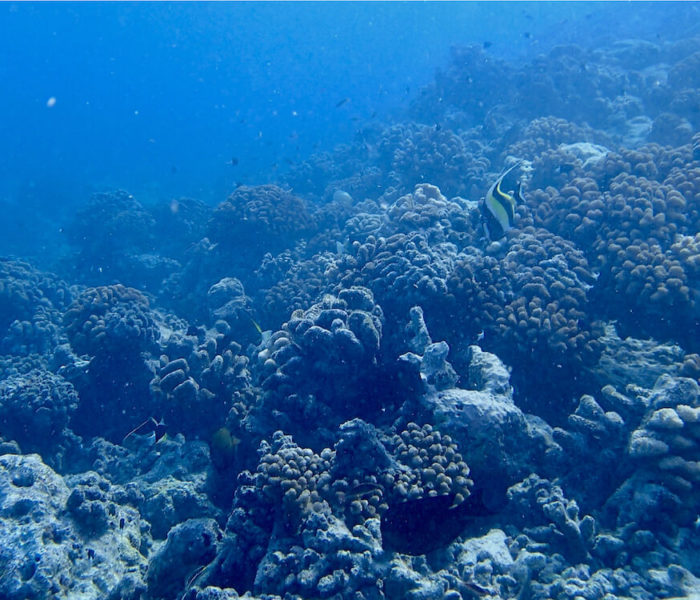
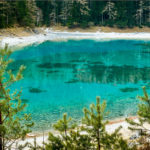
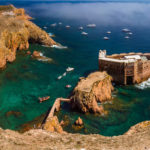
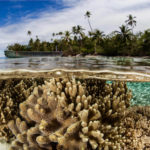
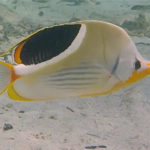
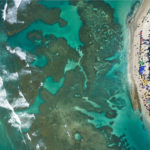
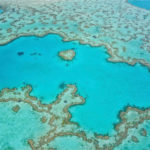
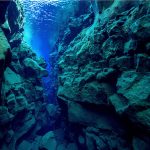
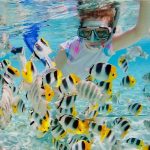
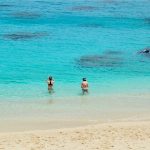
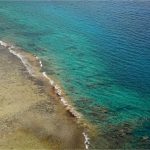
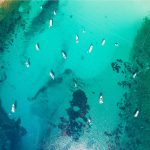
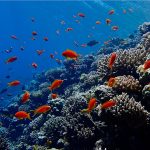
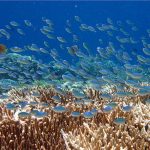

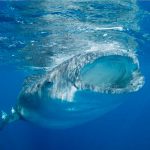
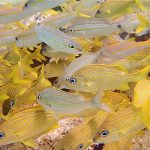
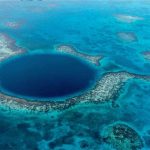
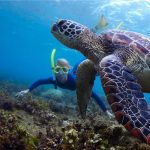
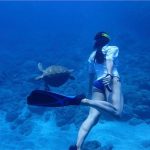
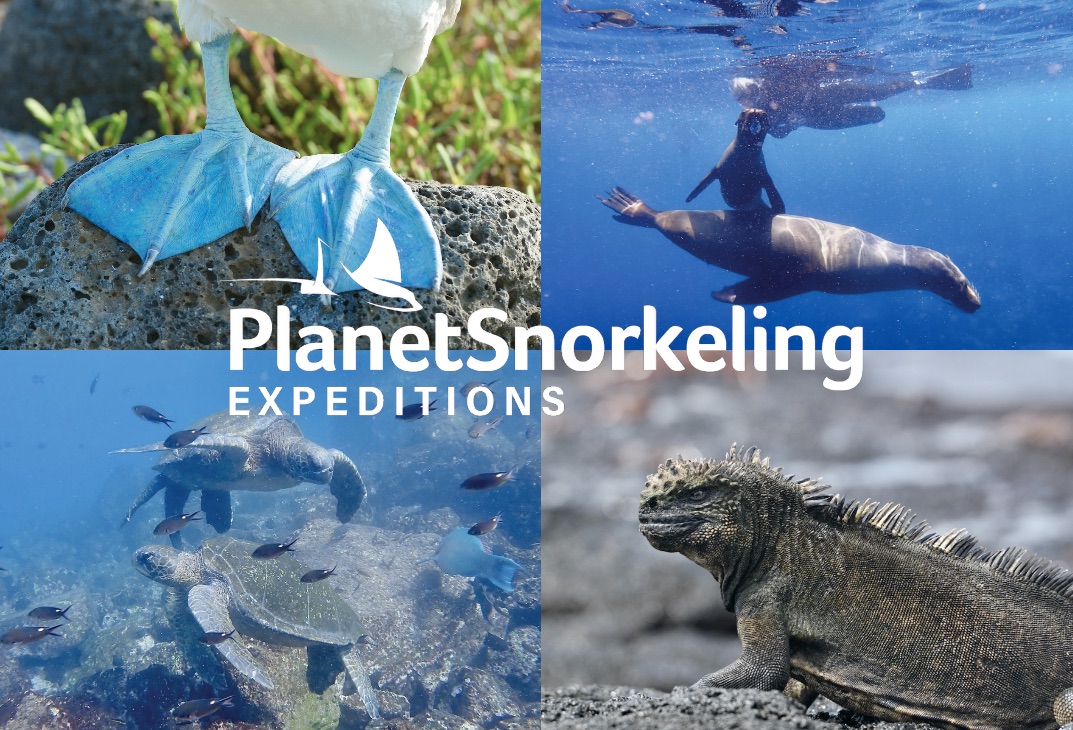
Comments